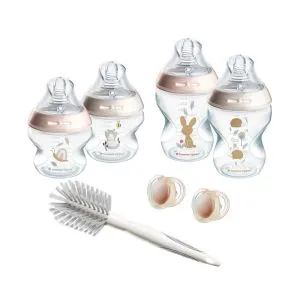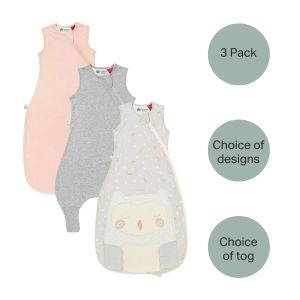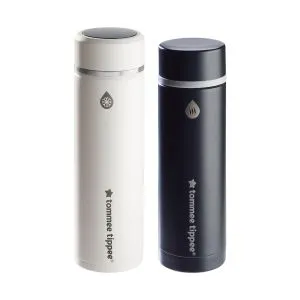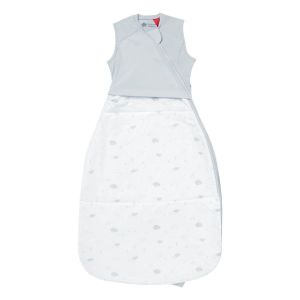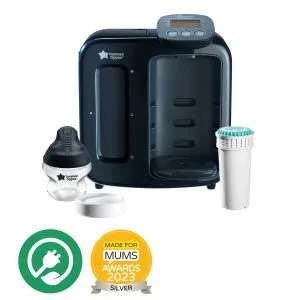
Tommee Tipps
Autumn’s clock change means that as if we you haven’t got enough going on already, now your little one could be getting up a whole hour earlier!
Baby Sleep Tips for Autumn
Autumn’s clock change means that as if we you haven’t got enough going on already, now your little one could be getting up a whole hour earlier!
Try not to worry though, because we’ve gathered some tips to help you navigate the seasonal shift from summer to autumn like a pro.
Remember, don’t panic – it’s happening to everyone! Usually any disruption caused by the clock change is temporary, and even if you do nothing they will naturally adapt to the new time over a few days.
Autumn sleep tips
Make a plan
It can help to consider your little one’s personality and usual sleep pattern. Do you think they’ll cope with staying up one hour extra, or might it be better to split the change into two steps? Or would a few gradual changes of 10- or 15-minute increments each evening and morning a week or so before the clock change work best? Once you know, choose a plan that suits you your child and your family, and try to stick to it as best as possible.
Stick to your routine
A set of consistent and soothing steps before bedtime is key, and there’s no reason why these steps can’t continue because you’re adjusting bedtimes slightly. To let your little one know that bedtime’s near, close the curtains, dim the lights, and snuggle down with a story book.
Keep napping
Making sure that your baby or toddler is napping well during the day means that when the clocks change, they won’t be overtired when their slightly later bedtime comes around.
If you find that they still struggling to get to sleep at night even after a good day of naps, you could temporarily add in an extra cat nap to help them adjust.
Get out and about
As well as maintaining your little one’s usual nap schedule, try to spend some time out and about in natural light every day. Open the curtains, take a walk, or just play outside! At first, your child may have a little difficulty re-setting their body clock (circadian rhythm) but getting outside for 20 -30 minutes per day can really help. Remember to wrap up warm!
The perfect sleep environment
- Put up a blackout blind: Our portable blackout blind is ideal for use at home, and can really help create a snoozy, dark environment, even when it’s bright outside.
- Use a toddler alarm clock: Teaching little one’s about time, takes, well… time! But our selection of sleep training clocks can help simplify the concept for toddlers, teaching them when to wake up and when to stay in bed.
- Pop on some white (or pink) noise: Ambient sounds can drown out the sounds of the changing season – tweeting birds, we’re looking at you! Our Dreammaker™ sleep aid plays two types of pink noise. First, standard pink noise that the whole family can hear, and low-pass filtered pink noise with a 6 dB per octave roll-off. In simple terms, this setting mimics the exact frequency that sound would reach foetal ears, mimicking the sounds your little one heard in the womb.
- Adjust the temperature: Just like us, your baby will also have trouble settling in a room that is too cool. The ideal room temperature is between 16 and 20°C. To help, our sleepwear styles come in a range of togs and they’re made using breathable, all-natural fibres. To make sure that your little one is comfortable and safe, always ensure that they’re wearing the right tog for the season. We’ve got a gadget that can help too, meet the GroEgg room thermometer!


